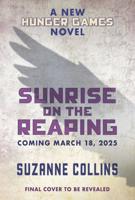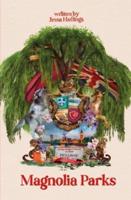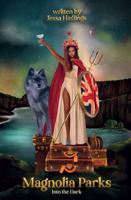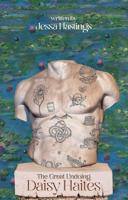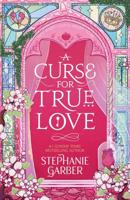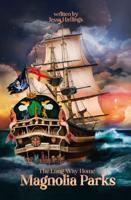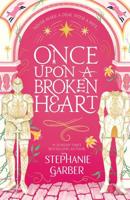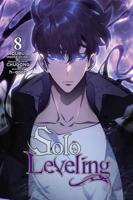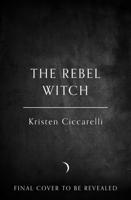Publisher's Synopsis
Excerpt from New York Teachers Monographs, Vol. 14
All poems that refer to simple facts of Nature ought to be presented at the times when Nature lends her assistance most readily. For this poem, such a time will be more likely to come in the Autumn than in the Winter term. If it is at all possible for the children to observe the real grass on a bright day, with natural dewdrops on it, they should do so. If not, the wise teacher can prepare an excellent imitation by the judicious use of a sprinkling apparatus. The point is that the thinking-process of the child should start - must start, if he thinks at all - from some point within his own experience. He must build his images from observations of realities. This is the first step in the application of Repetition Principle III above. As the next step in developing thought-relations: Hold a diamond real if possible - beside a dewdrop. This should be done silently. Let the child do his own looking and comparing. A question will bring out the likeness Of the dewdrop to the diamond. [do not try to have it called a gem, as yet.] Then, in contrast to the brightness Of day, the idea of night must be suggested to the children. When you look up into the sky at night what do you see that looks like this (the diamond) and like this (the dewdrop)? Some child will mention a star, if time is given to think. [most teachers talk too much. Some fairly overwhelm the child with words, trying to talk something into him. Remember that the thought-relations you are trying to establish are to be not yours, but his.] That is enough for one lesson. [see Repetition Principle VII.] Next day - or at a later time - repeat the process of getting the child to image, to compare directly, concrete (dewdrop) with concrete (diamond) and indirectly, concrete (dewdrop) with image (star, not visible). Get the pupils to look at dewdrops if they can find them elsewhere, outdoor; also, after dark, to look again at stars. About the Publisher Forgotten Books publishes hundreds of thousands of rare and classic books. Find more at www.forgottenbooks.com This book is a reproduction of an important historical work. Forgotten Books uses state-of-the-art technology to digitally reconstruct the work, preserving the original format whilst repairing imperfections present in the aged copy. In rare cases, an imperfection in the original, such as a blemish or missing page, may be replicated in our edition. We do, however, repair the vast majority of imperfections successfully; any imperfections that remain are intentionally left to preserve the state of such historical works.

